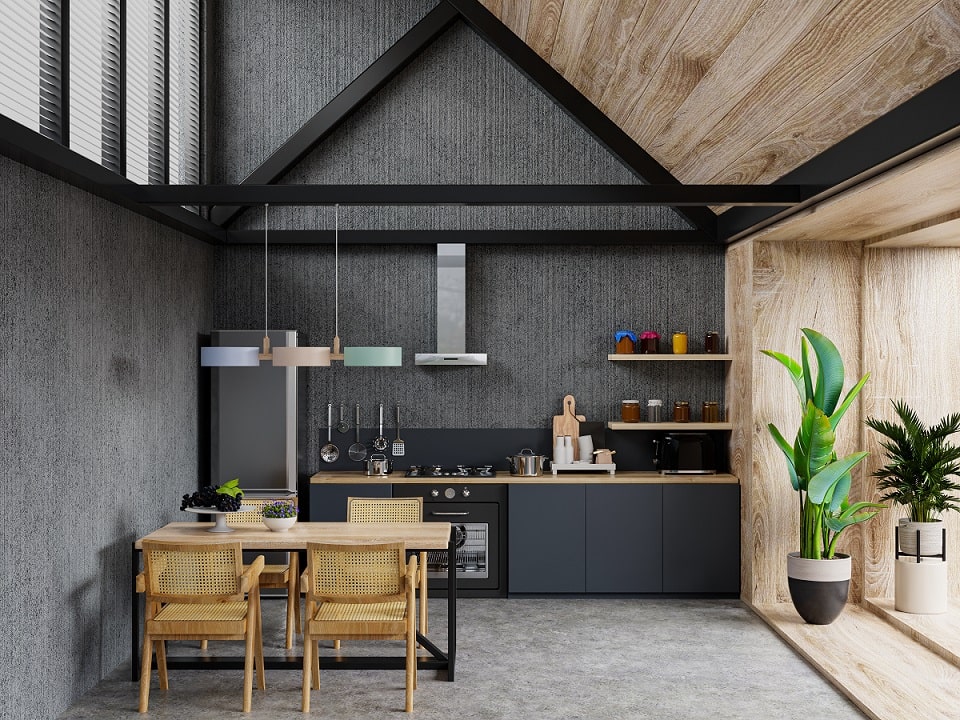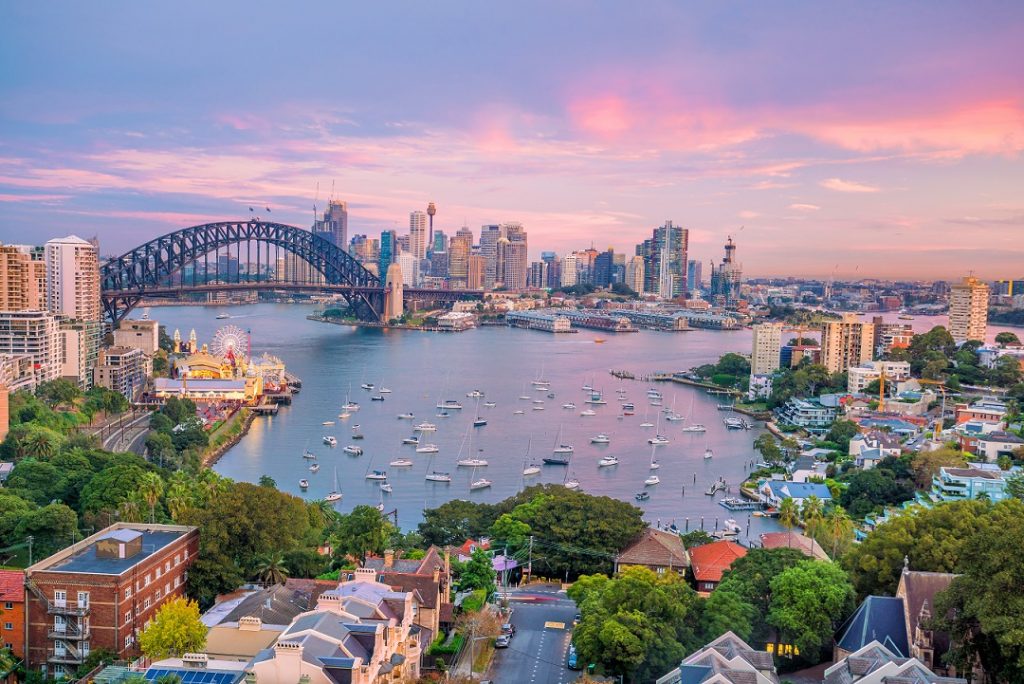
A question that the greenest thumbs to seasoned gardeners commonly ask is: “Do I need an irrigation system?”
Many assume that the answer will be ‘yes’. However, landscaping experts have witnessed more gardens dying from over-watering than under-watering — a case of too much of a good thing.
Irrigation systems of yesteryear were often programmed during the summer months and then forgotten about, so the same amount of watering continued throughout the year, regardless of whether it was needed or not. This often occurred to the detriment of the garden and water wastage.
Thankfully, the modern watering systems available are equipped with technology to prevent this. However, whether you need an irrigation system will be governed almost entirely by the type of plants you wish to grow and their suitability to your environment.
As a master landscaper and member of Landscaping Victoria, Liz Filmer recommends the following suggestions for garden growth and installing your irrigation system.
She says that by selecting drought-tolerant species of plants, many people can quite easily have a garden that will survive on only the water that falls from the sky.
Your money may be spent more wisely on improving the soil structure with the addition of compost or contouring the land to divert water run-off where it’s needed most.
Nature’s best start
Plants require the most water during establishment. Inexpensive, temporary or manually operated irrigation systems may be useful for the first 12 months of any garden’s life.
If you are time-poor, have a large garden that’s exposed to the elements — perhaps with poor soil and undulating topography — and you wish to have lots of fruit and vegetable-producing plants, exotic trees and shrubs and green grass in summer, then a watering system will be money well spent.
Trusty water source is needed
The next question to ask yourself is: “Do you have a reliable water source in summer if not are you prepared to pay to get one?” Gone are the days when mains water was cheap and plentiful.
Installing tanks, bores, and dams are an expensive but worthwhile investment. Furthermore, during drought conditions, when your garden needs water the most, your dams and tanks could well be empty unless they are sufficiently large.
Once you’ve established that you need an irrigation system, it is wise to seek expert advice.
Expert irrigation tips
If you are planning to install the system yourself, get a plan drawn up by a consultant. This will help ensure that your system works efficiently and is easy to maintain.
An irrigation system should be maintained; filters should be flushed; sprinklers checked for damage, and pipes checked for leaks.
Marquee pegs, stakes and shovels have a habit of being drawn to underground irrigation wiring and pipes.
Keep a written or photographic record of the location of underground pipes, wires and valves as they are being installed. Trust the experts on this, as you are bound to forget where they are located.
Today’s irrigation controllers, when coupled with a weather sensor, can apply the appropriate amount of water to your garden throughout the year, without the need for program adjustments.
A microprocessor records and processes weather data. This, coupled with geographical information, plant and soil type, sprinkler style and location entered initially into the controller, combines to establish appropriate watering schedules. How good is that?



